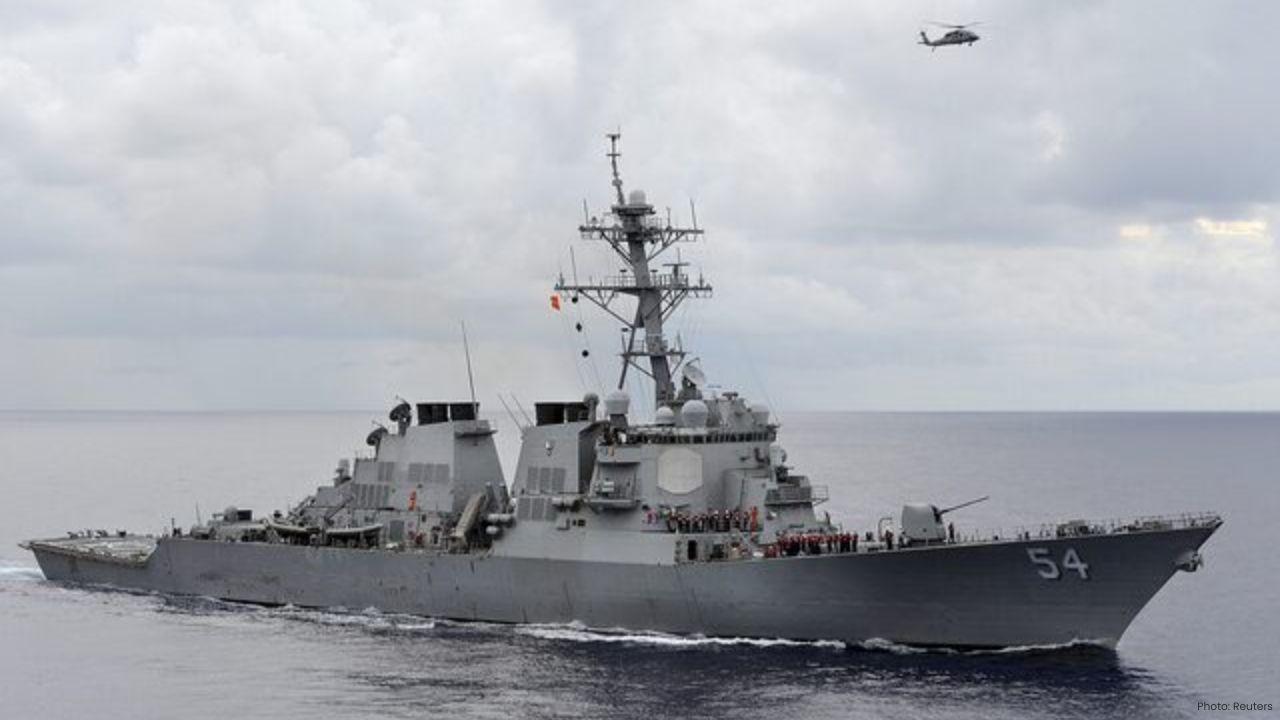
Post by : Meena Rani
India has announced one of its most ambitious naval expansion plans in decades. The country aims to build and operate more than 200 warships and submarines by the year 2035. This plan is designed to strengthen India’s defense capabilities at sea, secure its maritime borders, and maintain a strong presence in the Indian Ocean Region. The expansion reflects India’s strategic intent to safeguard trade routes, counter potential threats, and establish itself as a dominant naval power in the region.
Current Naval Strength
At present, the Indian Navy operates a fleet of approximately 140 warships. These include destroyers, frigates, corvettes, and patrol vessels. The submarine fleet consists of 17 diesel-electric submarines and two nuclear-powered ballistic missile submarines, which play a crucial role in underwater defense and strategic deterrence. Alongside these ships, the Indian Navy has more than 250 aircraft and helicopters, which provide reconnaissance, surveillance, and combat support.
This current setup provides a strong defense foundation, but the rapidly changing regional dynamics and growing naval power of neighboring countries demand a significant expansion.
Ships and Submarines Under Construction
India is currently constructing 55 warships in domestic shipyards. The total investment in these projects is estimated to be around ₹99,500 crore. The ongoing construction projects include:
Nine Diesel-Electric Submarines: These submarines are being built to replace older vessels and enhance India’s underwater capabilities. Submarines play a crucial role in stealth operations and act as strategic deterrents against potential adversaries.
Seven Next-Generation Multi-Role Stealth Frigates: These modern warships are designed for multiple roles, including anti-air, anti-surface, and anti-submarine warfare. Their stealth capabilities make them less visible to radar systems, improving their effectiveness in combat situations.
Eight Anti-Submarine Warfare Corvettes: These vessels are specialized in detecting and neutralizing enemy submarines, ensuring the protection of India’s naval fleet.
Twelve Mine Countermeasure Vessels: Mines are a major threat to naval operations, and these ships are designed to detect and clear underwater mines, ensuring safe passage for commercial and military vessels.
Additionally, approval has been given for the construction of four next-generation destroyers, each weighing around 10,000 tonnes. These large destroyers will serve as command ships and provide heavy firepower in strategic missions.
Focus on Indigenous Development
A key aspect of this naval expansion is India’s emphasis on self-reliance in defense manufacturing. The government has introduced programs to increase the use of domestic technology and components in warship production. Currently, the levels of indigenous content are categorized as:
Float (Hull and Structure): 90% made in India
Move (Engines and Propulsion): 60% made in India
Fight (Sensors and Weapon Systems): 50% made in India
The goal is to increase these percentages further in the coming years. For example, ships like INS Vikramaditya and the Kalvari-class submarines will incorporate more locally made components in future upgrades. This approach not only strengthens national defense but also boosts India’s domestic shipbuilding industry and technical workforce.
Strategic Importance of Naval Expansion
One of the main reasons behind India’s naval buildup is the growing maritime capabilities of neighboring countries. China, with its rapidly expanding navy, now operates more than 370 warships and submarines. Its increased presence in the Indian Ocean Region and assistance to Pakistan in developing its naval power have raised concerns for India.
By increasing its fleet size and modernizing its warships and submarines, India aims to maintain a balance of power in the region and ensure freedom of navigation in critical sea lanes. These sea lanes are vital for trade, energy supplies, and economic security.
Economic and Industrial Impact
The naval expansion program also has significant economic benefits. Large-scale shipbuilding generates employment both directly and indirectly. Every job in a shipyard creates approximately five to six jobs in related industries such as steel, electronics, weapon systems, and maintenance services. In addition, investing in indigenous technologies encourages research and development, strengthens local industries, and reduces dependency on foreign suppliers.
The program also fosters skills development in advanced shipbuilding, naval engineering, and high-tech manufacturing sectors, making India a hub for maritime technology in the region.
Future Outlook
By 2030, India aims to operate 150–160 warships. By 2035, this number is expected to exceed 200, and it could reach up to 230 by 2037. In parallel, the Navy plans to expand its fleet of aircraft and helicopters to around 350 units over the next decade. These aircraft will provide air cover, surveillance, and quick-response capabilities for naval operations.
The Indian Navy also intends to enhance its operational capabilities by integrating modern technology, artificial intelligence systems, and advanced weaponry to improve efficiency in maritime operations.
India’s plan to expand its naval fleet to over 200 warships and submarines by 2035 is a clear demonstration of the country’s commitment to maritime security and regional stability. By combining indigenous manufacturing, technological upgrades, and strategic investments, India is preparing to face future challenges and ensure its interests in the Indian Ocean Region are well-protected. This comprehensive approach positions India not just as a regional naval power but as a nation capable of projecting strength and safeguarding global trade routes.
India Navy, Warships, Submarines, Maritime Security, Indigenous Defense
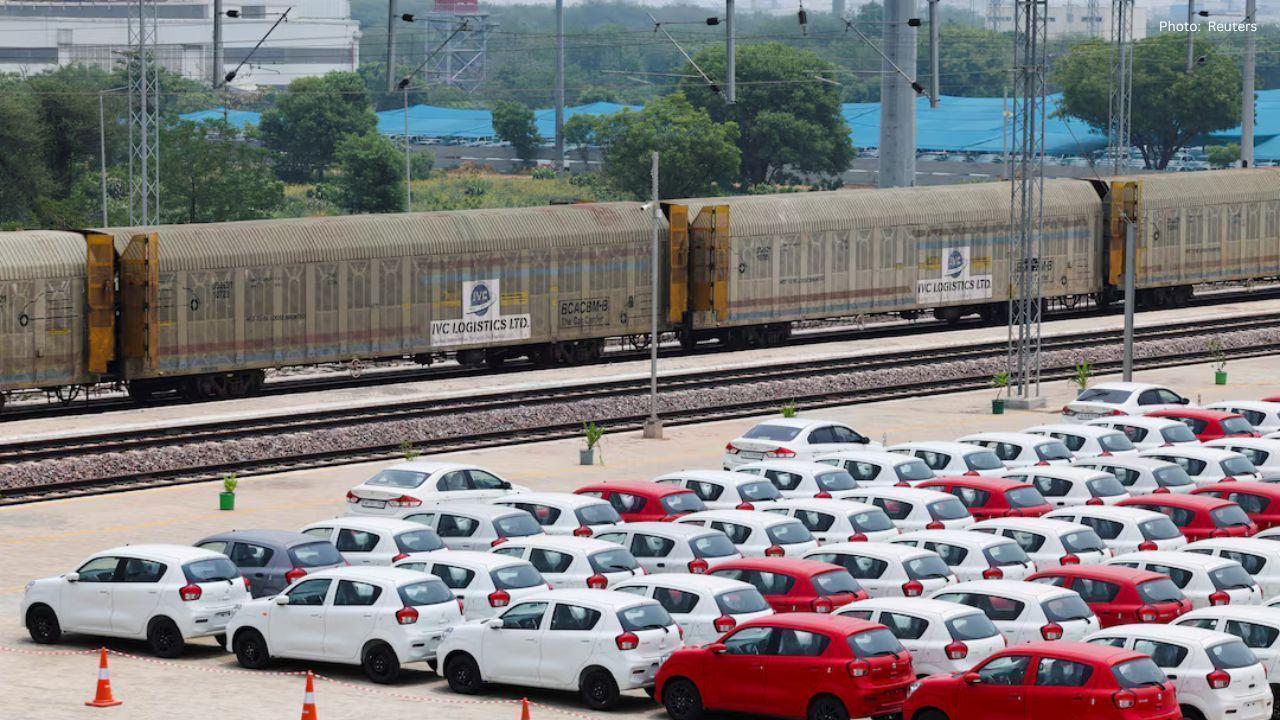
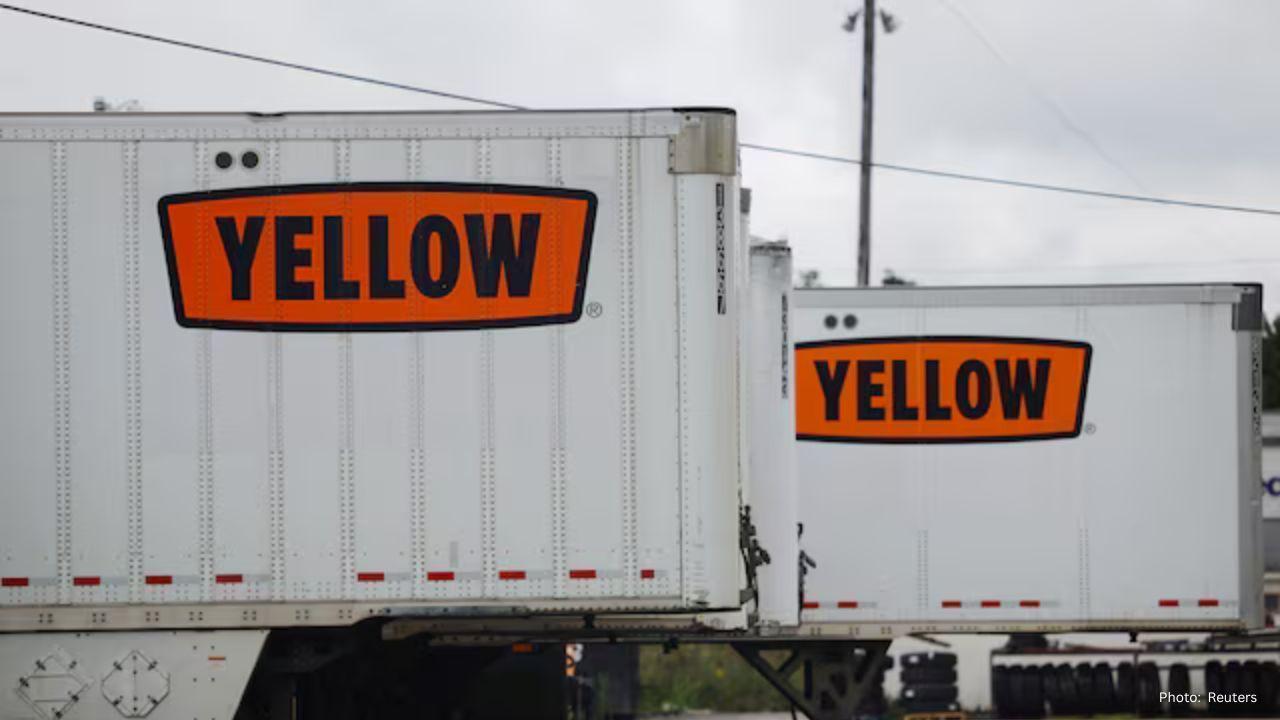
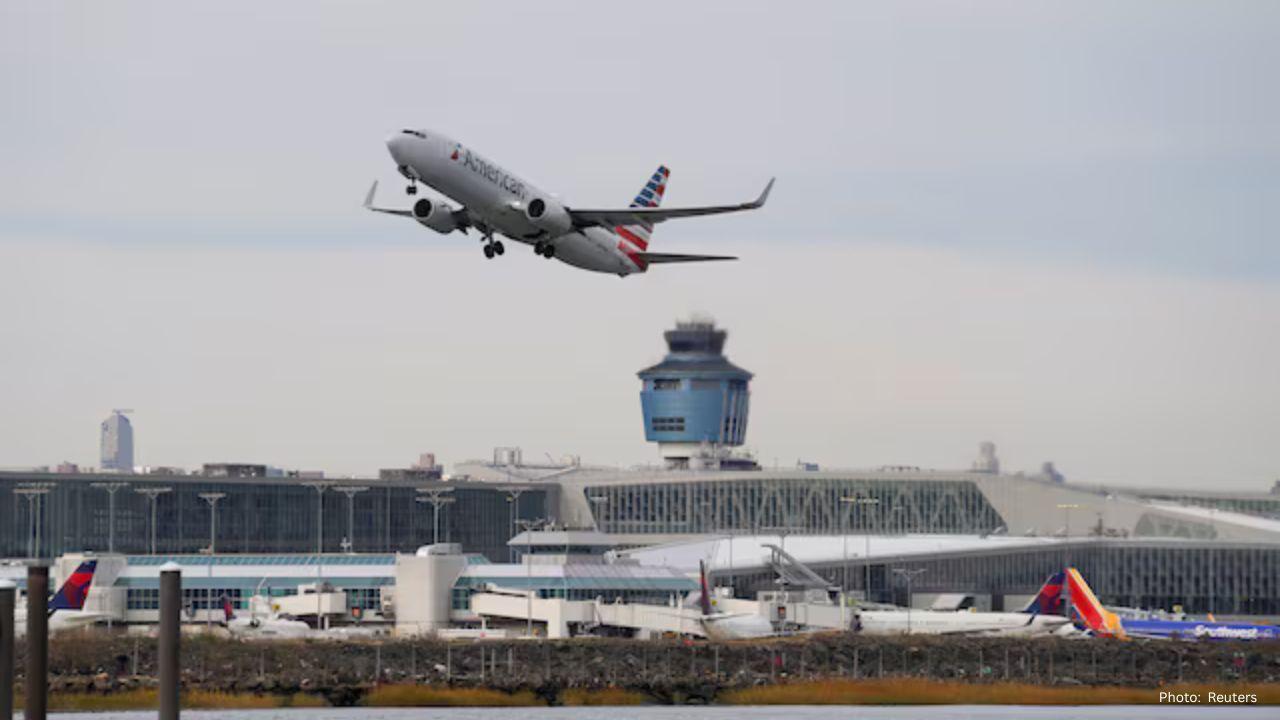
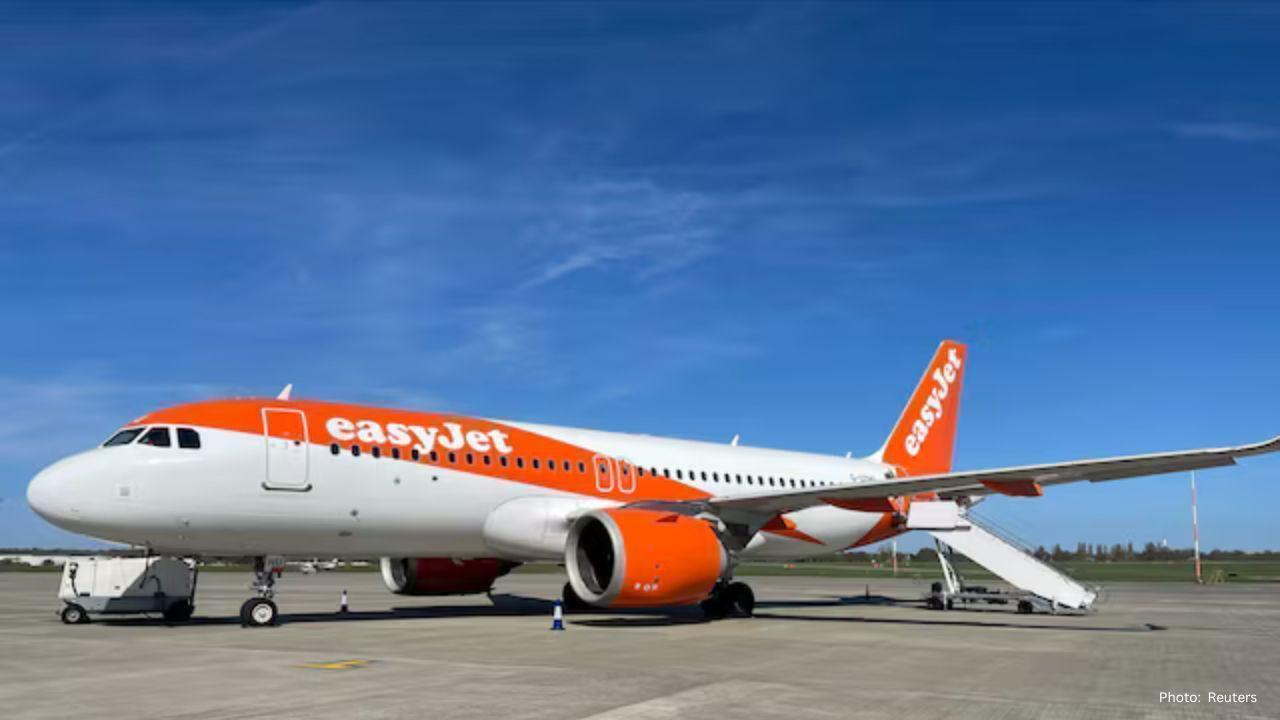




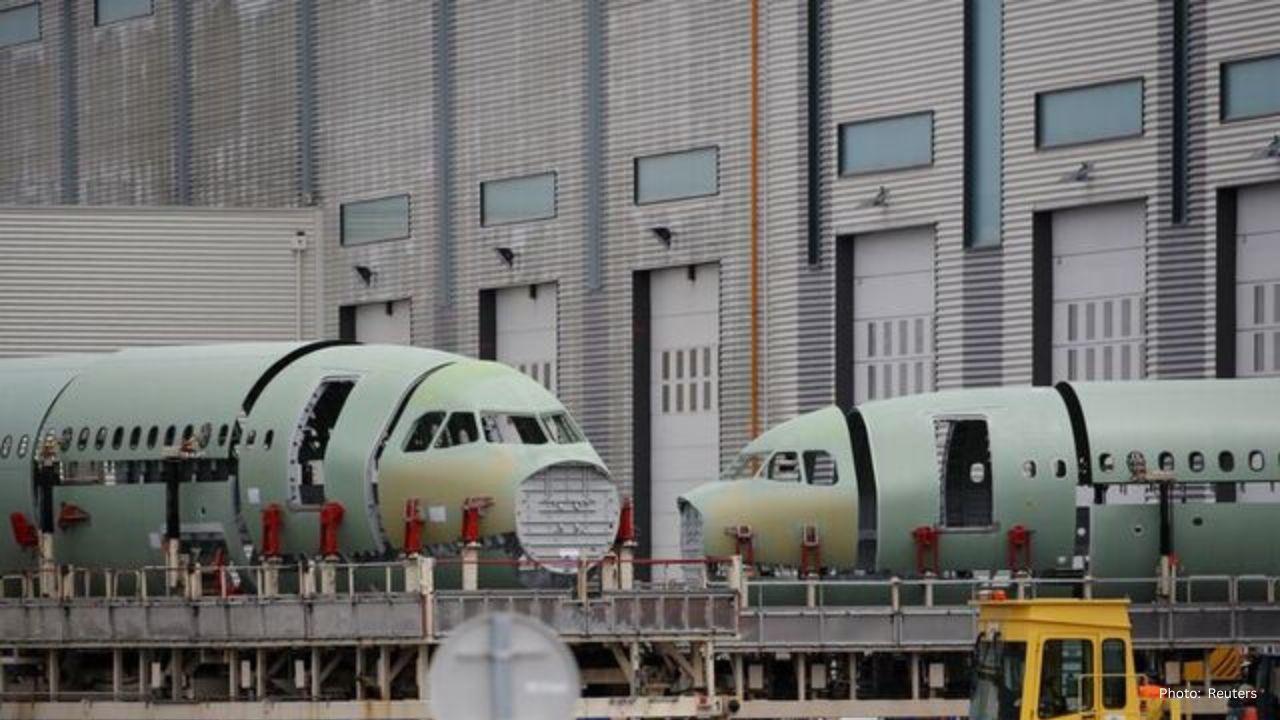
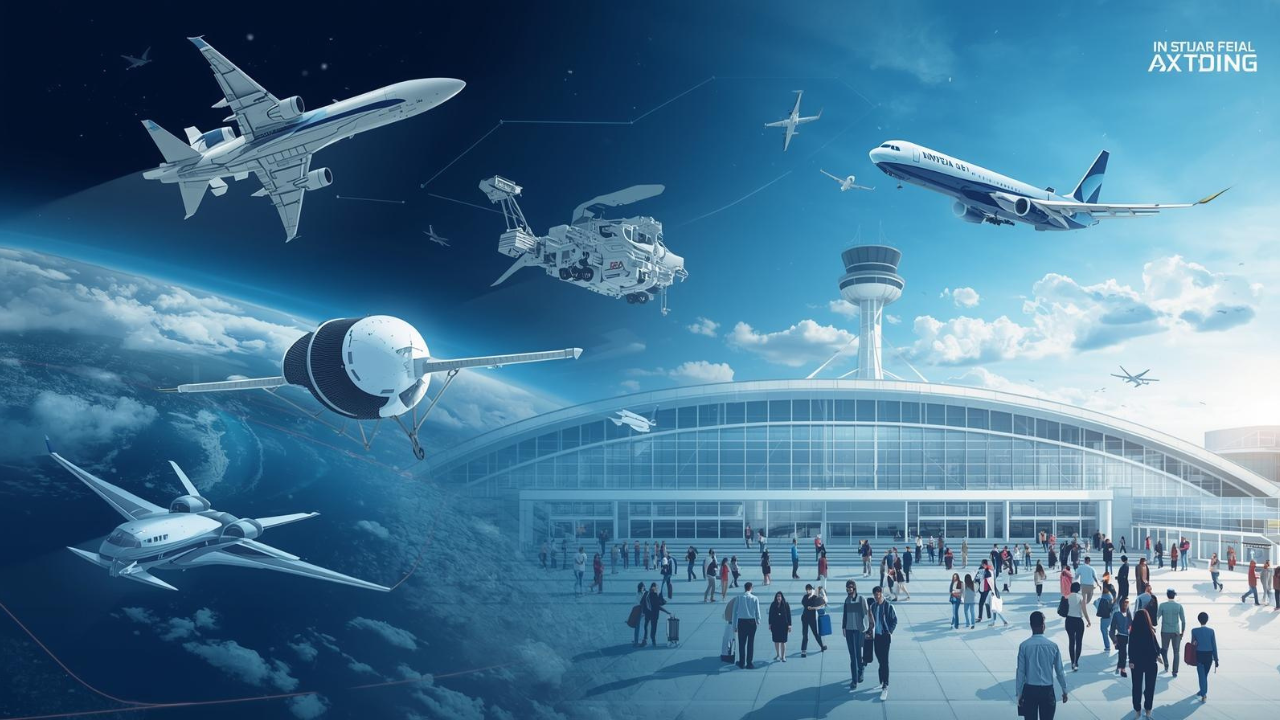
Advances in Aerospace Technology and Commercial Aviation Recovery
Insights into breakthrough aerospace technologies and commercial aviation’s recovery amid 2025 chall
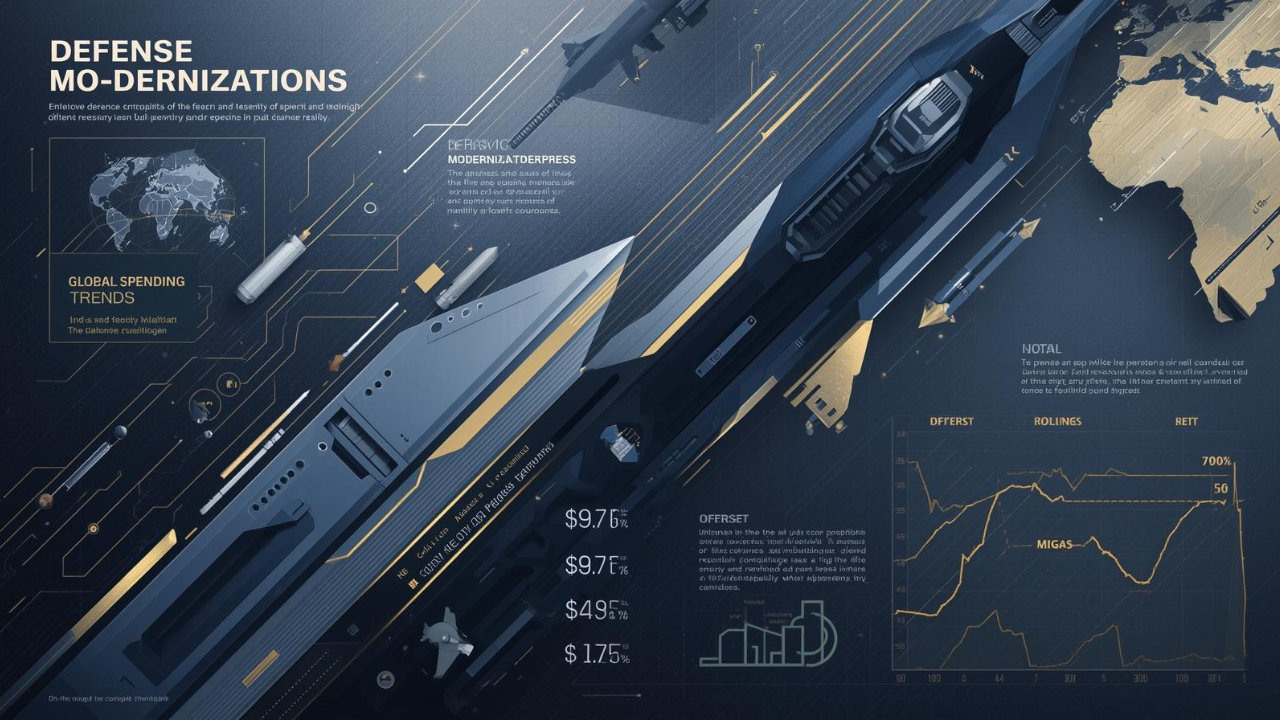
Defense Modernization and Strategic Spending Trends
Explore key trends in global defense modernization and strategic military spending shaping 2025 secu

Tens of Thousands Protest in Serbia on Anniversary of Deadly Roof Collapse
Tens of thousands in Novi Sad mark a year since a deadly station roof collapse that killed 16, prote

Canada PM Carney Apologizes to Trump Over Controversial Reagan Anti-Tariff Ad
Canadian PM Mark Carney apologized to President Trump over an Ontario anti-tariff ad quoting Reagan,

The ad that stirred a hornets nest, and made Canadian PM Carney say sorry to Trump
Canadian PM Mark Carney apologizes to US President Trump after a tariff-related ad causes diplomatic

Bengaluru-Mumbai Superfast Train Approved After 30-Year Wait
Railways approves new superfast train connecting Bengaluru and Mumbai, ending a 30-year demand, easi